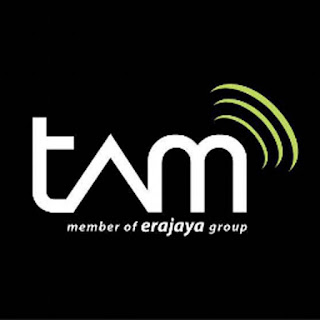Conclusion of SCADA
From the introduction of actuators and transducers (that made monitoring of processes easier, more accurate and less costly) at the instrumentation level to the introduction of open standards (to improve the interchange of data between a SCADA sysem and other processes within an organisation), SCADA systems have exploited the various technological advances to drive forward their proficiency.
The drive of modern SCADA systems is to:
Source: Retyped From SCADA Systems White paper (Mrch 2012) by Schneider Electric Tekementry & Remote SCADA Solutions
The drive of modern SCADA systems is to:
- Provide instrumentation and Rus/PLCs for asset or process solutions that can be easily managed and to provide operational benefits from the SCADA host down to the instumentation, not just in terms of controlling and retriecing data but also engineering, implementing, operating and maintaining these assets.
- Develo and employ open standards to duther ease the integration of assets within a SCADA system using best practices defined by open groups and not a single manufacturing entily. This will in turn reduce the cosr of owning SCADA.
- Provide secure environments for SCADA systems and the assets or pracesses by not only providing tecnology solutions but by implementing a series of pracrices and procedures.
 |
| Image Source: http://valencynetworks.com |



Comments
Post a Comment